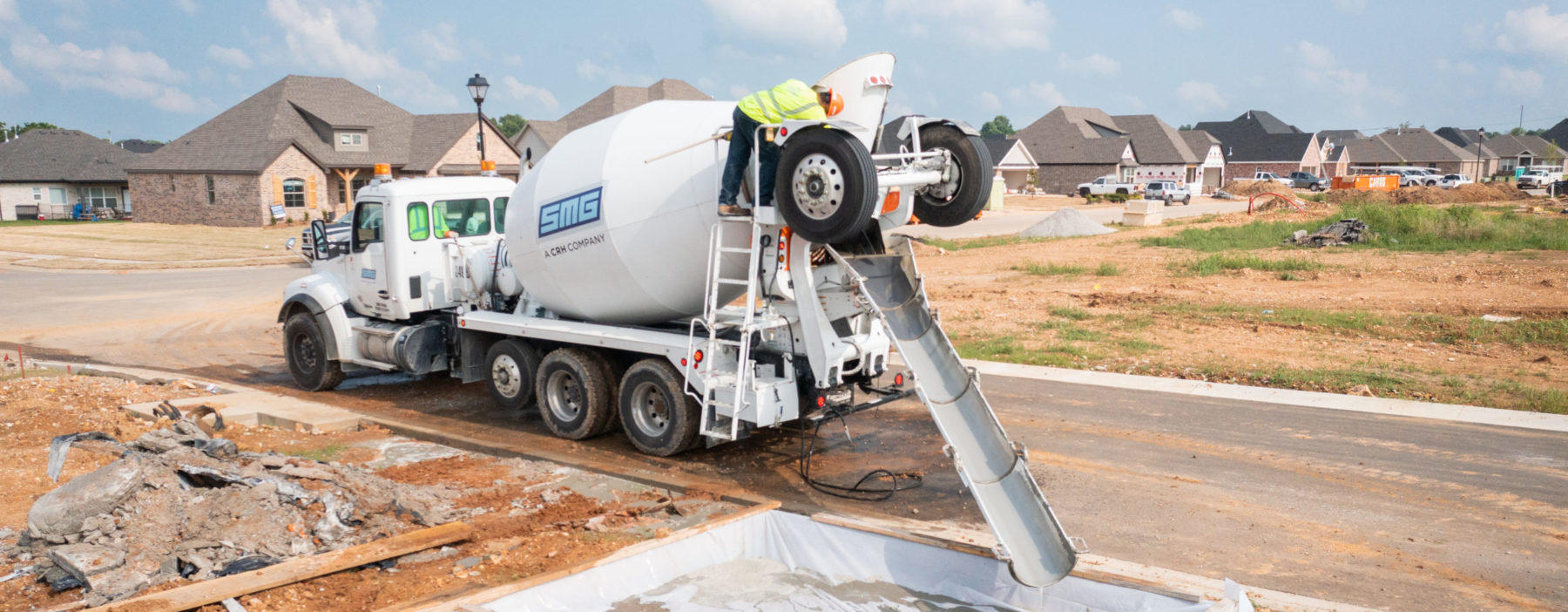Choices: How to Order Concrete
Ordering concrete isn’t as simple as specifying an amount to be delivered on a specific date. There’s much to consider, including the climate, the season, and even the weather during curing.
December 8, 2022
 Whether you’re a contractor or a do-it-yourselfer, there will inevitably come a time when you will need to order concrete for a project. For your order, you’ll need to specify the strength, the slump (or the thickness), any chemical additives you need, whether you want reinforcement, and even whether you’ll need a concrete pump. This guide will help you provide all the right information so that your concrete order is perfect the first time.
Whether you’re a contractor or a do-it-yourselfer, there will inevitably come a time when you will need to order concrete for a project. For your order, you’ll need to specify the strength, the slump (or the thickness), any chemical additives you need, whether you want reinforcement, and even whether you’ll need a concrete pump. This guide will help you provide all the right information so that your concrete order is perfect the first time.
Consider the Specs
You’ll need to make sure that you know the specifications of the concrete you need for your project. This includes both compressive strength and slump.
- Compressive Strength – This should be specified in the form of PSI, with the higher PSI number indicating a stronger concrete. Compressive strength can vary depending on the project, the climate, and more.
- Slump – Concrete’s “slump” is its consistency before it sets up, and like compressive strength, it will vary depending on the climate and the use case. The higher the slump, the higher the fluidity of the concrete, allowing it to be more easily placed. However, the higher slump ratio does decrease its strength. It’s important to find the right balance.
What About Reinforcement?
As concrete cures, it will lose water, and this causes the slab to shrink ever so slightly. Even that slight shrinkage can lead to cracks, though, so it’s important to plan for this and order reinforcement if necessary. The most common type of reinforcement is wire and fiber mesh. They won’t prevent cracks, but they will absolutely keep the concrete together if cracks do form. Otherwise, things like vertical displacement or separation may occur, and this could jeopardize the entire project.
Chemicals
There are numerous chemical additives that you can order for your concrete, and each one has its own unique purpose. Some of them will accelerate the setting rate; others may slow it down. Some may help to reduce the amount of water that remains in the concrete by plasticizing it. Air entrainment additives are also quite popular because they create small air-filled voids in the cured concrete. This way, when water enters the concrete and freezes, it can expand into the voids and reduce the risk of cracking.
Pump or No Pump?
Concrete trucks with chutes can deliver concrete to a wide range of jobsites, but if obstacles are in the way, a concrete pump may be your best bet. These pumps can move concrete around obstacles via hoses that are hundreds of feet long, so they come in very handy. Make sure to consider your jobsite very carefully and order a concrete pump on delivery day if one will be required.
Time, Date, and Jobsite Access
Now that you’ve chosen your specifications, reinforcements, chemical additives, and pump requirements, you’ll need to schedule the delivery of your concrete. Make sure you provide the right time and date well in advance and be sure that you give the concrete company a telephone number for someone who will be onsite in the event a problem arises. When it comes to time-sensitive projects, it’s best to be thorough and cover all your bases.
Ordering concrete isn’t as simple as specifying an amount to be delivered on a specific date. There’s much to consider, including the climate, the season, and even the weather during curing. Ordering the right concrete from the start is the number one way to ensure that the pour is perfect the first time. If you’d like to discuss your project and precisely what you’ll need, our professionals at Standard Materials can cover every base. Contact us today!

